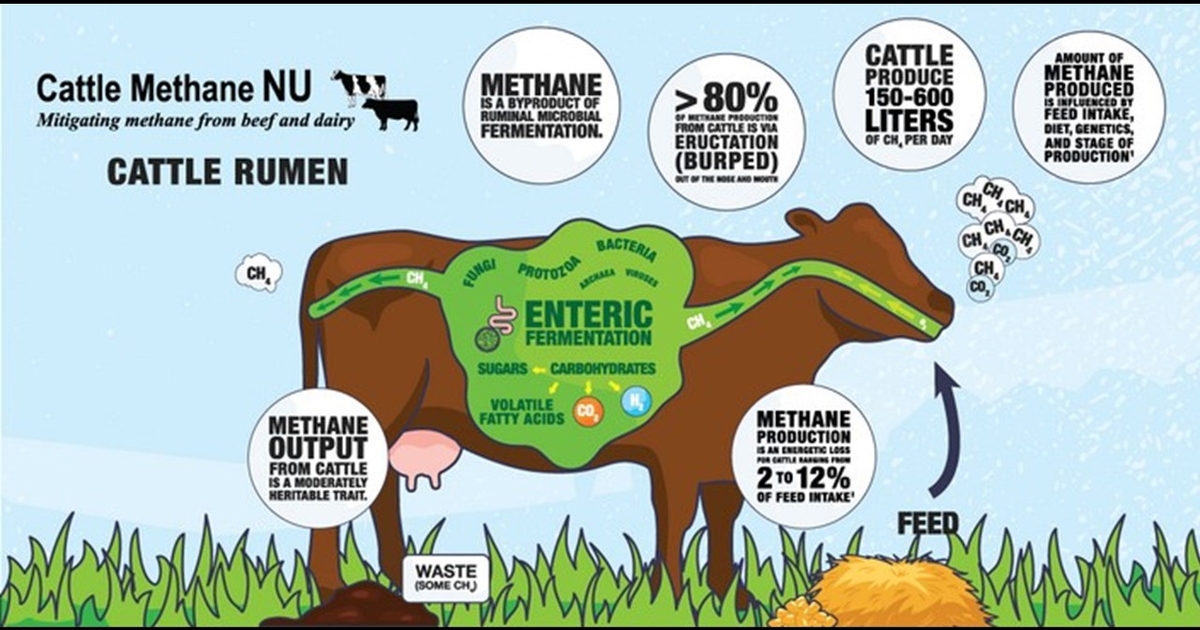University Products helping fight bovine anaplasmosis with vaccines
Posted on January 18, 2024
Source: Farm Progress. The original article is posted here.

While ranchers across the U.S. face a variety of unprecedented challenges due to severe vector shifts, among the diseases posing the most serious threat to herds is bovine anaplasmosis, caused by the bacteria, Anaplasma marginale. The bacteria attack red blood cells, resulting in early signs such as fever, anemia, weakness, and loss of appetite.
As the disease progresses, it can lead to worse symptoms like jaundice, incoordination, and even death. Anaplasmosis can also increase the risk of abortions, while infecting whole herds.
Gene Luther, a researcher at University Products, emphasized the importance of intervention as key to winning the fight.
"Anaplasmosis devastates cattle herds quickly and quietly. Often, the disease spreads rapidly before ranchers are even aware,” Luther says, adding that it is also sometimes challenging to diagnose, especially with other concurrent cattle diseases like Babesia, and Theileria, which share similar symptoms.
Ranchers must recognize anaplasmosis signs immediately and involve their veterinarians to stay ahead of this, he says.
Combatting the spread of anaplasmosis
According to researchers, transmission primarily occurs through ticks, biting flies, and contaminated equipment like shared vaccine or antibiotic needles. As such, producers have to implement effective preventive strategies early, with proper management and vaccination, to reduce the risk of anaplasmosis.
University Products’ vaccine is a well-tested tool, they note.
With limited treatment options available for anaplasmosis, pharmaceutical use remains another key issue – especially with recent FDA crackdowns on the use of animal antibiotics. Researchers emphasize the need for responsible antimicrobial use, ensuring the long-term effectiveness of these products.
"Veterinarians tell ranchers this often, but it's absolutely worth repeating. You cannot rely on antibiotics over and over again to protect herds from these bacterial diseases. It just leads to more resistant strains down the road. And while judicious use of antimicrobials to combat active anaplasmosis outbreaks makes sense in the short term, prevention is much more cost effective overall."
The major message to cattle producers is clear: "Diligence and vigilance are our best defenses against anaplasmosis. By working closely with your vets, implementing biosecurity measures like fly and tick prevention programs, and vaccinating bulls as a preventative, ranchers can better protect from this persistent threat."
University Products currently produces the only vaccine (for experimental use) against anaplasmosis.
Based in Louisiana, the company specializes in bovine vaccines. Successfully deployed for over 20 years across the globe, University Products vaccines minimize clinical signs in at-risk animals and are safe to use during bovine pregnancy, requiring two initial doses plus annual boosters. The company is currently conducting R&D for vaccines against bovine babesiosis and theileriosis.

.jpg?disable=upscale&width=1200&height=630&fit=crop)


